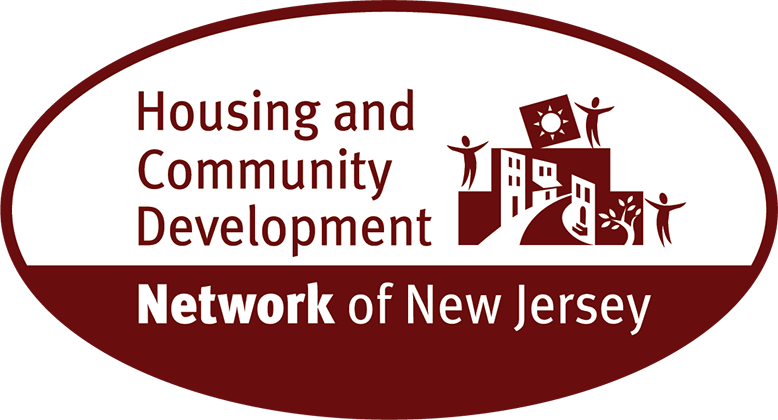| NJ Counts 2014 Tallies Homeless Adults and Kids in Somerset County, State |
 Published January 30, 2013 By Colleen O'Dea Victims of Hurricane Sandy who haven't been able to rebuild increase total, as do renters priced out of market The first words out of the woman’s mouth as she entered the Samaritan Homeless Interim Program in Somerville, pushing the door open with her back and pulling an empty stroller in with her were, “I’m freezing.” The temperature outside was about 20 degrees and the woman, homeless since November, had spent the previous night outdoors. Though she wore a winter coat, it was not nearly enough to have kept her warm in the single-digit cold. She would be able to get food, clothing and possibly an emergency housing voucher for a motel, but first she sat down in a warm alcove to be counted. This scene in one form or another was repeated in shelters, at soup kitchens or on the streets across New Jersey and throughout the country Tuesday and yesterday as government agencies, social services organizations, and nonprofits reached out to find and count the homeless as part of the annual Point in Time Survey mandated by the U.S. Department of Housing and Urban Development. Dubbed NJ Counts 2014, the effort coordinated by Monarch Housing Associates is designed to both help agencies direct their efforts at combatting homelessness and get funds for that effort from HUD. “This is how you get money and how you decide how to direct it,” said Kimberly Cowart of the Somerset County Office of Community Development. Last year’s effort counted 11,818 homeless people -- roughly a third of them children -- throughout the state. Using that as a basis, officials estimated that 25,612 adults and children were homeless during the course of the year. Of those counted as homeless, 1,271 adults were unsheltered, living under bridges, in the woods, in vacant buildings, or other locations. In some counties, workers fanned out on Tuesday night to those places where the homeless are known to congregate to conduct the count. “We used to send teams of two out around the county between 6 p.m. and midnight but that was not the best way to find people,” Cowart said, explaining how Somerset does its census. The county staged Project Homeless Connect yesterday at SHIP, a nonprofit that provides the homeless with an array of services ranging from a hot cup of coffee and pastry to emergency food and housing vouchers, as a way to both count the homeless and provide them and anyone else in need with free food, clothing, toiletries, counseling, and housing assistance. Cowart said this program has proven the most effective way to reach the homeless population in and around Somerville. At noon on the latest in a string of cold days, the homeless or those about to be without a place to live crowded into SHIP. After answering the official census questionnaire, people received two tickets: one entitled them to get clothing and another to food and toiletries. They could also talk to representatives from Legal Services and Hope for Veterans. “We make our site available every year due to the fact that the vast majority of the homeless use this agency,” said Tom O’Leary, founding executive director of the program for the last three decades. O’Leary, who himself was homeless in 1981 and who is a recovering alcoholic, said that in the past several months in particular he has seen a “tremendous increase” in the number of homeless mentally ill and substance abusers. They can be especially difficult to shelter because many programs require residents to conduct themselves properly and people with a mental illness cannot always control their actions. “There’s been a tremendous failure on the part of the mental health system regionally,” O’Leary said. “There are huge waiting periods to get treatment for people who need it.” He also complained that government bureaucracy can make it difficult for people to get help, For instance, he said younger people, ages 18 through 24, are being asked to provide a copy of their parents’ tax forms to prove their parents did not claim them as dependents before they are allowed to receive help. “Most of them are homeless because they’re not getting along with their families; they are not from a Father Knows Best Family or a Partridge Family,” said O’Leary, referring to popular TV shows that portrayed happy families. “They have totally dysfunctional families. There may be a restraining order.” In other instances, people are told there is a 28-day waiting period before they can get services. “They’re told, ‘Yes, you really are homeless’ and ‘We’ll see you in 28 days,’” O’Leary said. According to officials with Monarch Housing, the size of this year’s homeless count is influenced by a number of factors, including a shortage of rental housing that has driven up both demand and cost, the failure to create enough affordable and supportive housing in the state, continuing home foreclosures, a shortage of jobs that pay a living wage. Another contributing factor: Many victims of superstorm Sandy are still without homes more than a year later and two-thirds of the renters who were displaced by the storm earned less than $30,000 a year. “Affordable rentals are extremely difficult to come by,” said Staci Berger, president and chief executive of the Housing and Community Development Network of New Jersey. “Superstorm Sandy has made a bad problem worse, creating more competition for those affordable homes. Plus, rising costs of rent and mortgages, utilities and groceries have outpaced any income growth. The lack of affordable home choices in the state has forced more people than ever before to seek assistance or even end up on the street.” According to the National Low Income Housing Coalition, a New Jersey family must earn nearly $25 an hour to be able to afford the rent for a two-bedroom apartment, which averages almost $1,300 a month. While the count was going on, O’Leary was handling several cases involving individuals who can’t afford those kinds of rents. In one case, he was able to get a special ruling to get shelter for a client who had left HUD housing several years ago and was thus no longer automatically entitled to assistance. “When I found out he was at the train station during the recent blizzard period, I started to cry,” O’Leary said. Thankfully most of Somerset’s homeless are not living on the street, but instead are “in and out of programs, living with relatives or friends, bouncing from place to place,” he said. SHIP, which is supported by donations and volunteers, by individuals and faith-based organizations, has assisted more than 91,000 people in the last 30 years get housing assistance, medical care, counseling, clothing, and food -- providing more than 2.5 million meals through its soup kitchen in Somerville and mobile soup kitchen that travels to North Plainfield and Manville on different days of the week. The count of those who went to SHIP yesterday will be added to counts taken by the county’s emergency housing providers, which include four shelters, to arrive at the total for the year. HUD uses the Point in Time method to get an unduplicated count of homelessness and provide funding to states, localities, and nonprofits to provide housing and supportive services. Last year, the Somerset County Continuum of Care Point in Time count found 312 homeless, including 73 children, according to the report on file with HUD. Eight were unsheltered. |










